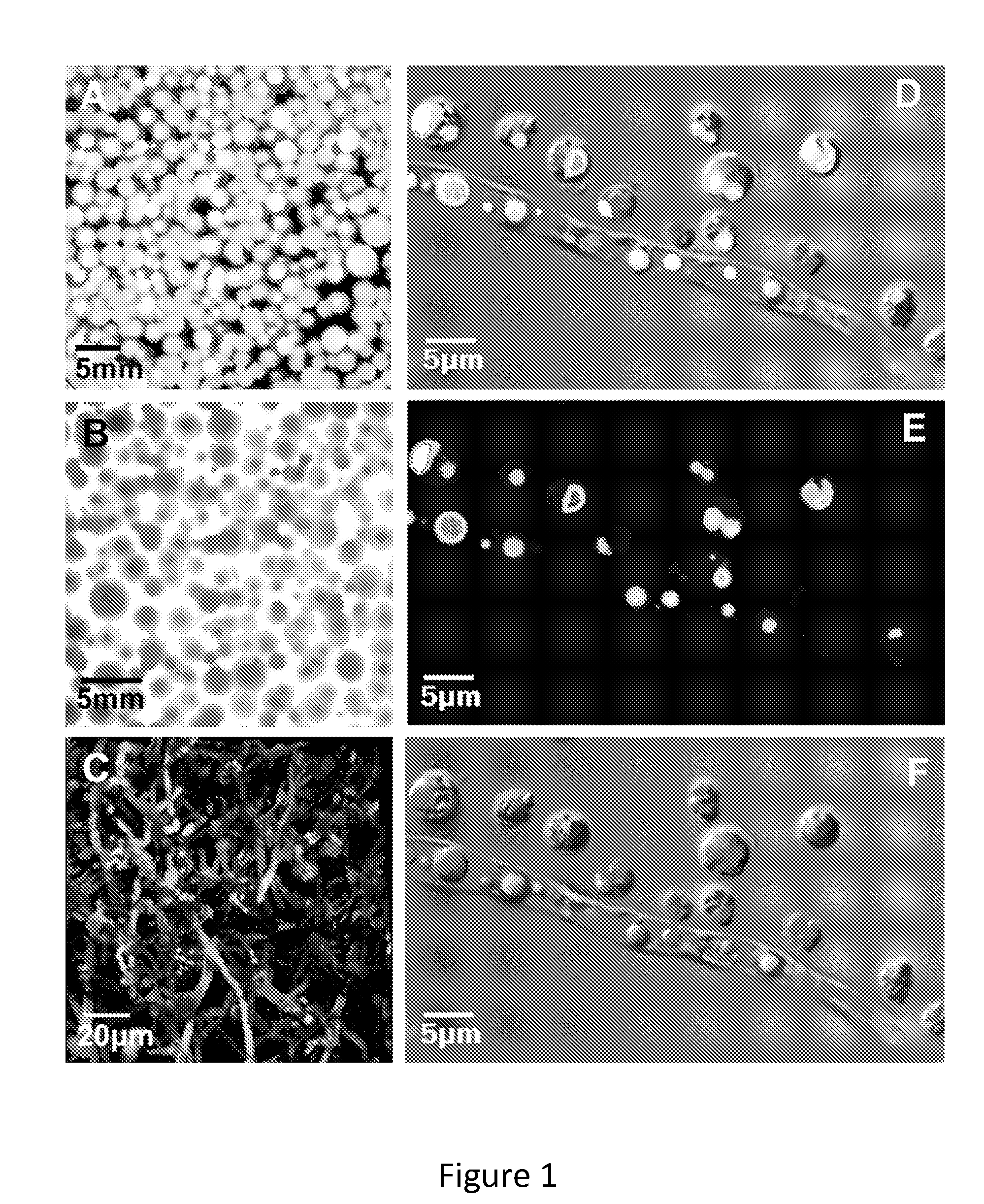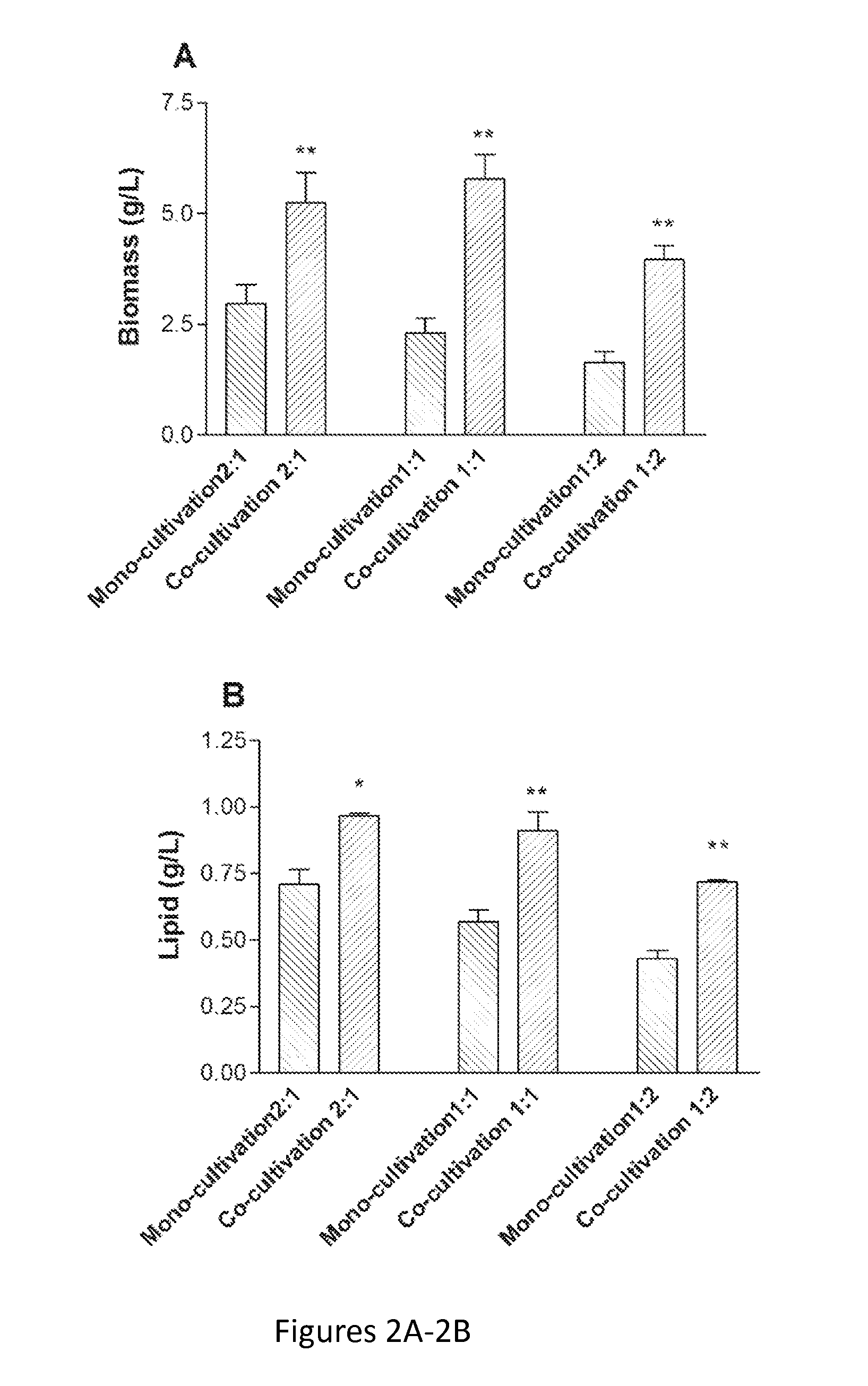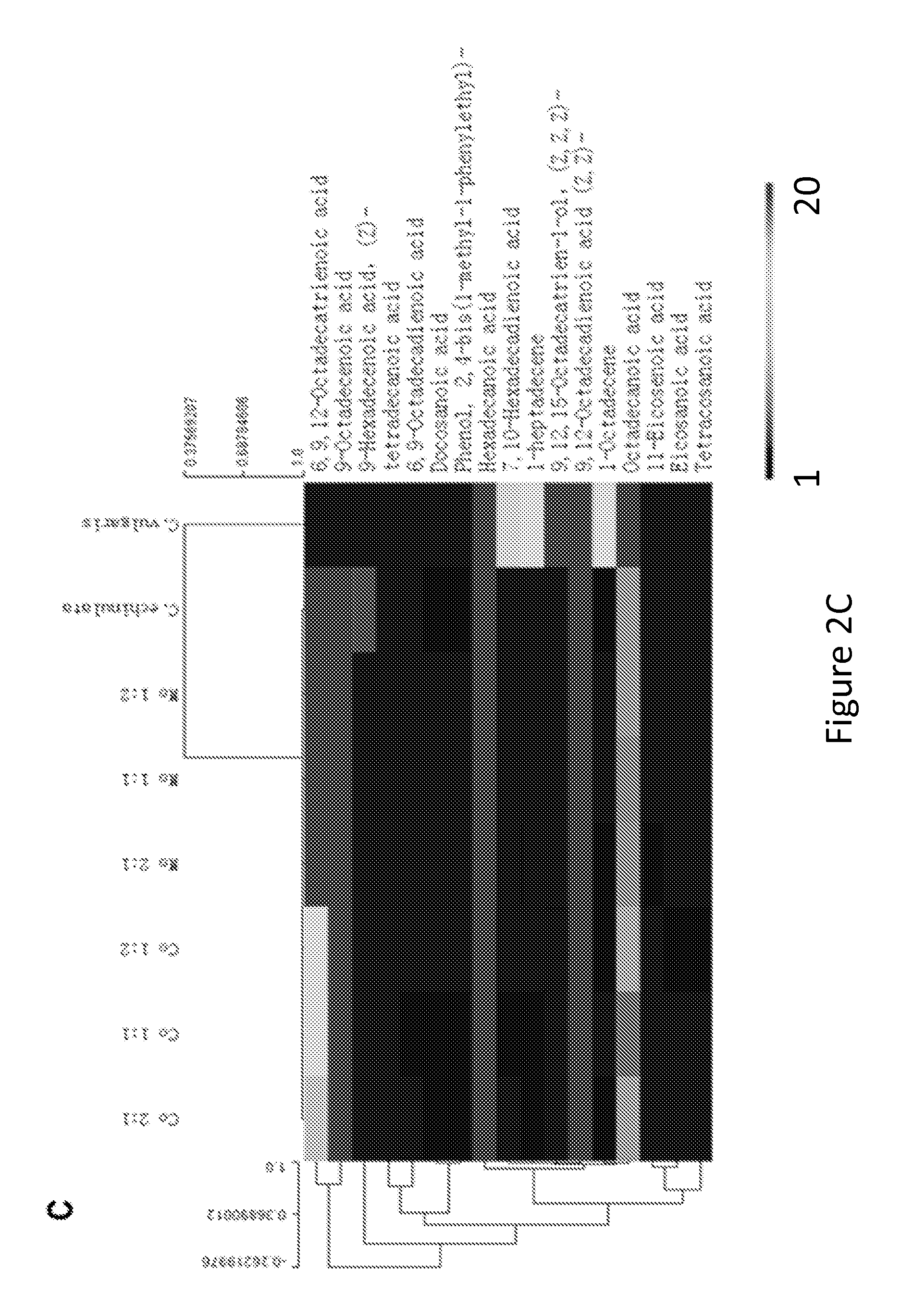System and Method of Co-Cultivating Microalgae with Fungus
a technology of co-cultivating system and microalgae, which is applied in the field of system and method of co-cultivating microalgae with fungus, can solve the problems of algae biofuel production, high investment and operating cost of closed-culture system, and significant harvesting and extraction cost associated with the process
- Summary
- Abstract
- Description
- Claims
- Application Information
AI Technical Summary
Benefits of technology
Problems solved by technology
Method used
Image
Examples
experimental examples
[0095]The invention is now described with reference to the following Examples. These Examples are provided for the purpose of illustration only and the invention should in no way be construed as being limited to these Examples, but rather should be construed to encompass any and all variations which become evident as a result of the teaching provided herein.
[0096]Without further description, it is believed that one of ordinary skill in the art can, using the preceding description and the following illustrative examples, make and utilize the present invention and practice the claimed methods. The following working examples therefore, specifically point out the preferred embodiments of the present invention, and are not to be construed as limiting in any way any portion of the disclosure.
[0097]The co-cultivation of multiple species is challenging because the optimal cultivation conditions and growth rate for different species, especially for species from different phylum, are rather d...
example 1
Pellitization through Co-cultivation
[0109]The present invention includes co-cultivation techniques for algal biofuel production. As contemplated herein, proper control of co-cultivation conditions allows for the formation of pellets containing both aglae and fungi that lead to an efficient harvest of algae from a growth medium.
[0110]Various evaluations of the cultivation performance for co-cultivation were performed. As shown in FIG. 1B, the co-cultivation of C. vulgaris and C. echintrata formed pellets of about 1 mm to 3 mm in size pellets. As shown in FIG. 1C, composition analysis of the pellets by confocal microscope revealed that the algae cells are embedded in the fungal conidia. As contemplated and described hereinthroughout, pelletization can be achieved at various algae-fungi ratios. Additionally, and depending on growing conditions, complete harvest can be reached and subsequent removal of algae from the liquid medium after 2 days co-cultivation, As shown in FIG. 4A, even a...
PUM
| Property | Measurement | Unit |
|---|---|---|
| diameter | aaaaa | aaaaa |
| time | aaaaa | aaaaa |
| diameter | aaaaa | aaaaa |
Abstract
Description
Claims
Application Information
 Login to View More
Login to View More - R&D
- Intellectual Property
- Life Sciences
- Materials
- Tech Scout
- Unparalleled Data Quality
- Higher Quality Content
- 60% Fewer Hallucinations
Browse by: Latest US Patents, China's latest patents, Technical Efficacy Thesaurus, Application Domain, Technology Topic, Popular Technical Reports.
© 2025 PatSnap. All rights reserved.Legal|Privacy policy|Modern Slavery Act Transparency Statement|Sitemap|About US| Contact US: help@patsnap.com



